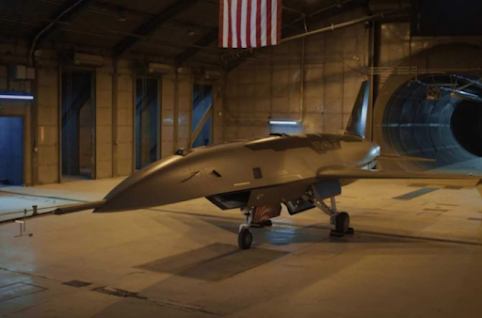GPS doesn't work — what should drones do in combat?
Imagine: reconnaissance drones are sent to an area where GPS is completely suppressed. No navigation, no communication, no synchronization. One by one, they get lost, lose their way, and collide with each other. Such scenarios are not fiction, but the reality of modern conflicts. That is why the US Air Force is looking for an alternative. Their new idea is to use atomic clocks directly on board the drones so that the swarm can operate smoothly, even if the satellites are unavailable.
It's not about time accuracy. It's about survival in battle.
Atomic clocks on board: not fiction, but new navigation
In a new request for information (RFI FA2377-26-R-B002), the Air Force Research Laboratory (AFRL) announced its search for solutions for positioning, navigation and synchronization (PNT) systems without relying on GPS. The key element is the New generation Atomic clock technology (NGAC). Previously, such watches were too bulky, but now they have become compact and energy efficient.
If you install them on drones, they will be able to accurately measure time — so accurately that they can calculate their position based on signals from neighboring drones or ground stations, rather than from satellites.
JMPR and NGAC — how to synchronize a swarm without satellites
AFRL/RYWN (Department of Navigation and Communications) is evaluating the creation of a test stand called the Joint Multi-INT Precision Reference (JMPR). He must check how well atomic clocks can synchronize in difficult conditions — with interference, suppression, in urban areas.
The bottom line is that if all the drones in a swarm are synchronized to within nanoseconds, they can use techniques like triangulation, inertial navigation, and data exchange to "sense" each other and maintain formation—like a flock of birds that doesn't need a map.
Why does the swarm need nanosecond precision?
GPS is enough for the average user. But for a swarm of drones that must attack simultaneously, maneuver in narrow spaces and not interfere with each other, any delay in the signal is critical. Atomic clocks avoid the accumulation of errors that quickly render the swarm useless.
Such technologies are the basis for future autonomous operations, where drones do not just fly, but think and act as a single organism.






























.jpg)
